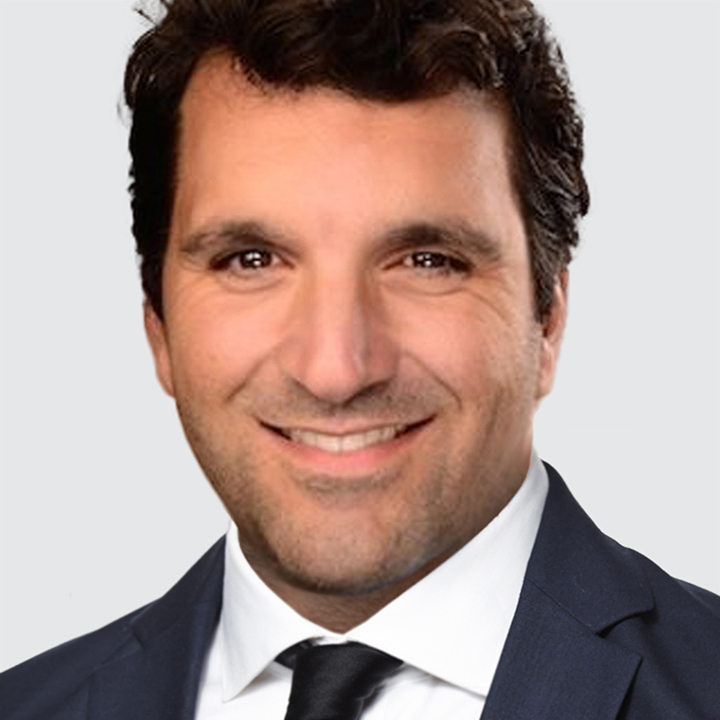Curb Your Exuberance
US
USD pared back some of yesterday’s surge. The broad rally in risk assets triggered by the US-China trade truce faces significant headwinds. US protectionist trade policies have raised the risk the US economy enters a period of stagflation. As such, we expect USD to come under renewed downside pressure.
The non-partisan Budget Lab policy research center at Yale estimates that the 2025 tariffs through May 12 (including the effects of the lower rates with China, the deal with the UK, and the recent announced auto tariff rebate) are equivalent to 15.4 percentage point increase in the US average effective tariff rate.
This increase would bring the overall US average effective tariff rate to 17.8%, the highest since 1934, and imply a 1.7% short-run increase in US consumer prices, a -0.7 percentage point reduction in real GDP over 2025 (chart below), and a 0.35 percentage point rise in the unemployment rate by year-end.
The findings from Yale’s Budget Lab are largely aligned with Fed Governor Adriana Kugler’s remark made yesterday. Kugler warned “In the near term, higher import costs will raise prices for both consumer goods and inputs to production…Given these expected price increases, real incomes will fall, and operating costs will rise, which will lead consumers to demand fewer final goods and services and firms to demand fewer inputs. Ultimately, I see the U.S. as likely to experience lower growth and higher inflation.”
The March NFIB small business optimism index is up next (11:00am London). Headline is expected to dip 2.4 points to 95.0, consistent with slower growth momentum.
The April CPI print is the main highlight today (1:30pm London). Headline CPI is expected at 2.4% y/y vs. 2.4% in March and core CPI is expected at 2.8% y/y vs. 2.8% in March. The Cleveland Fed’s Nowcast model forecasts headline and core at 2.3% y/y and 2.8% y/y, respectively. Watch-out for super core CPI (core services less housing), a key measure of underlying inflation. In March, super core CPI fell to four-year low at 2.9% y/y vs. 3.8% in February. Higher tariffs can ultimately derail the disinflationary process.
The disinflationary effect from President Donald Trump’s Executive Order aimed at cutting US drug prices should be muted. Prescription drugs accounts for 0.937% of the US CPI basket. The broader category of medicinal drugs which includes both prescription and nonprescription medications, accounts for 1.353% of the CPI basket.
UK
EUR/GBP is consolidating above 0.8400. The UK March labor market data supports the Bank of England’s (BOE) “gradual and careful approach” to further rate cuts. The unemployment rate rose 0.1pts to 4.5% in March (in line with consensus and BOE projection) and wage growth was softer than anticipated. Total regular pay was 5.6% y/y (consensus: 5.7%) vs. 5.9% in February, and the policy-relevant private sector regular pay was 5.6% y/y (consensus: 5.7%, BOE projection: 5.8%) vs. 5.9% in February.
Rising labor market slack points to further progress on disinflation. Indeed, the BOE’s Agents’ pay survey has pay settlements at 3.7% by end-2025 and expectations for wage growth from the DMP survey are around 4% by year-end. BOE rate cut expectations over the next 12 months have been halved in the past few days to imply just 50bps of cuts.
Bottom line: the BOE’s cautions easing cycle, the US-UK trade deal, and warmer UK-EU relations suggest EUR/GBP can sustain a break below its 200-day moving average at 0.8391. BOE speakers today: Chief Economist Huw Pill (9:45am London) and Governor Andrew Bailey (3:10pm London).
EUROZONE
EUR/USD recovered slightly after plunging to a one month low under 1.1100 yesterday. The May German ZEW investor economic sentiment survey is due today (10:00am London). The ZEW expectations index is projected to improve to 11.3 in May vs. -14.0 in April as trade hostility has peaked. This will reinforce the recent upward revision to ECB rate expectations and offers EUR support.
JAPAN
USD/JPY is consolidating yesterday’s gains. Bank of Japan’s Summary of Opinions from the April 30 and May 1 meeting offered more color behind the bank’s softer hawkish guidance. One member noted that uncertainties are “extremely high,” while another member stressed “the need for the Bank to wait and see until developments in U.S. tariff policy have become somewhat settled.” The swaps market implies just one 25bps BOJ hike to 0.75% over the next two years.
AUSTRALIA
Australia’s business and consumer surveys were mixed. NAB April Business confidence rose in April by 1pt to -1 but remains below its long run average. Meanwhile, business conditions eased 1pt to +2, driven by a fall in profitability. Trading conditions eased slightly, and employment intentions were steady.
The Westpac-Melbourne Institute Consumer Sentiment Index rose 2 points to 92.1 in May and remains below its long run average of 100.4. Encouragingly, the ‘economic outlook, next 12 months’ sub-index rose 2.8% to 93 in May to be above the long-run average of 90.6.
RBA cash rate futures continue to fully price-in a 25bps cut to 3.85% at the May 20 policy meeting. Over the next 12 months, cash rate futures imply nearly 100bps of total easing. We look for AUD/CAD to edge higher to 0.9500. First, the US and China took significant steps to de-escalate their trade war. Second, any trade agreement between the US and Canada are bound to include higher tariffs which will have negative consequences on Canada’s economy.

